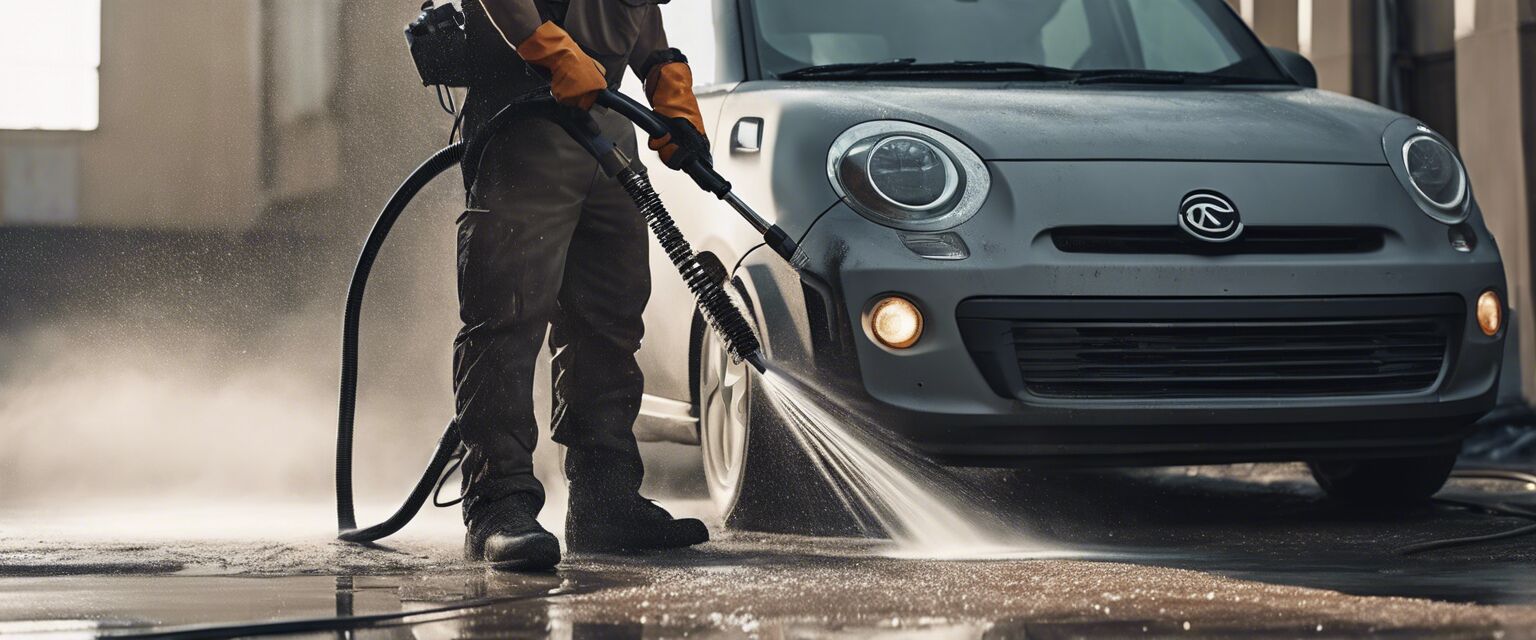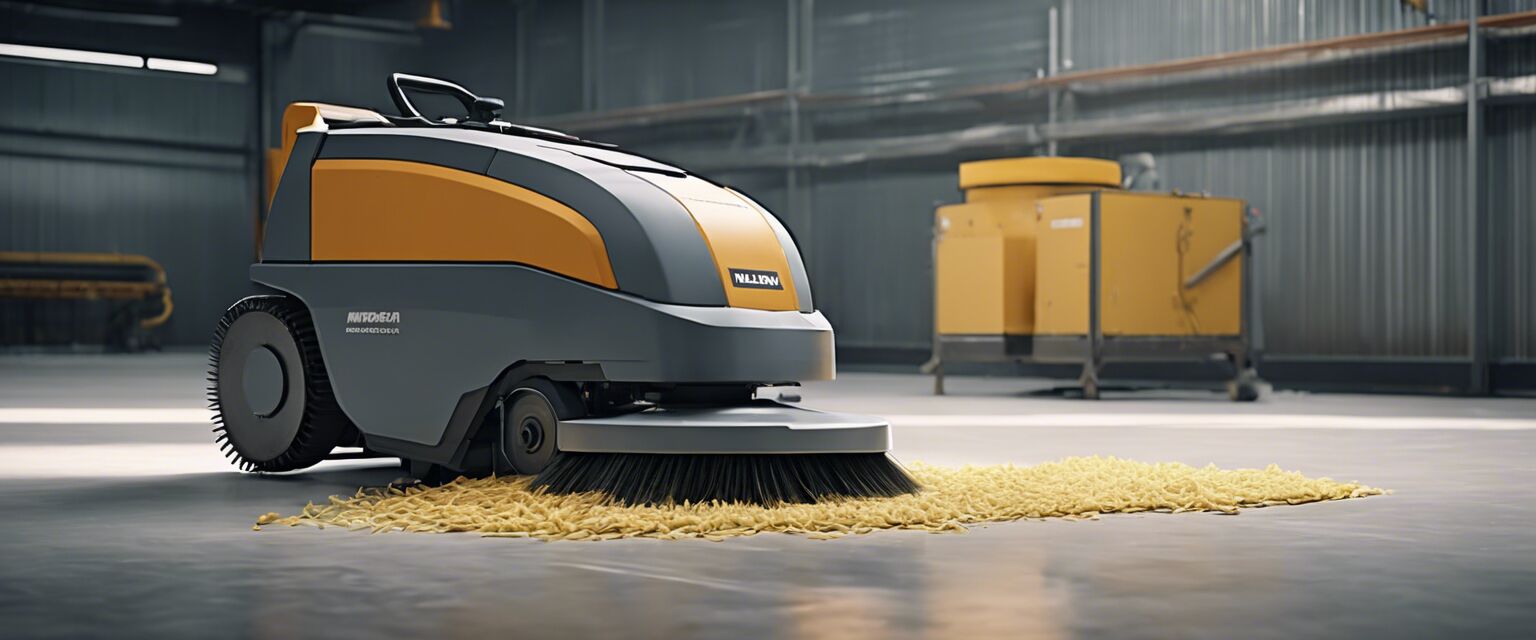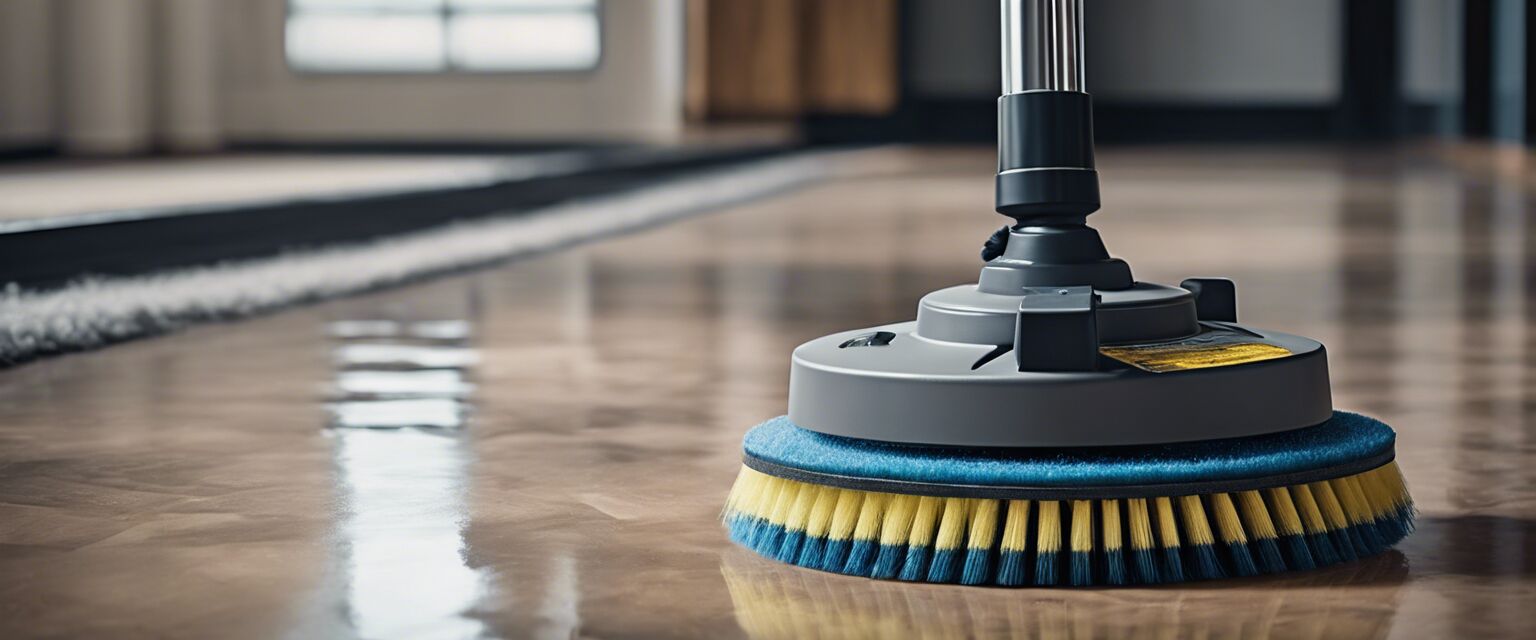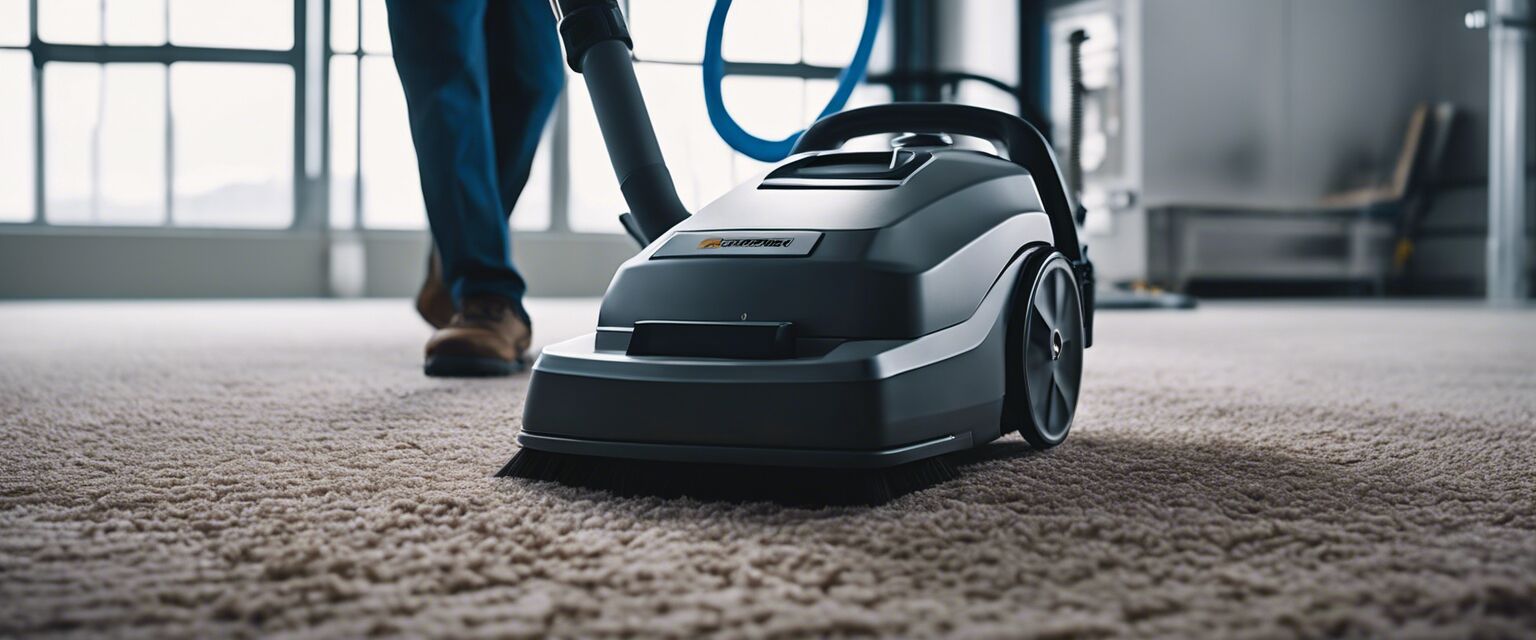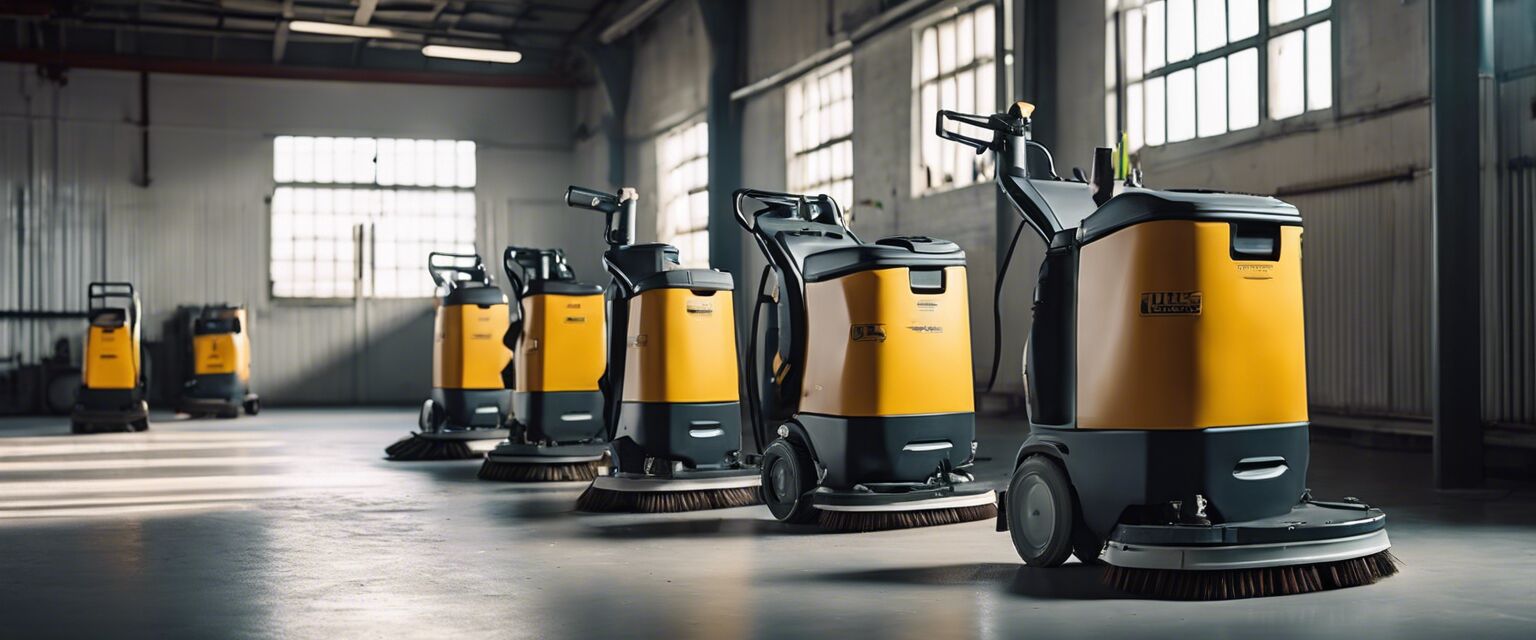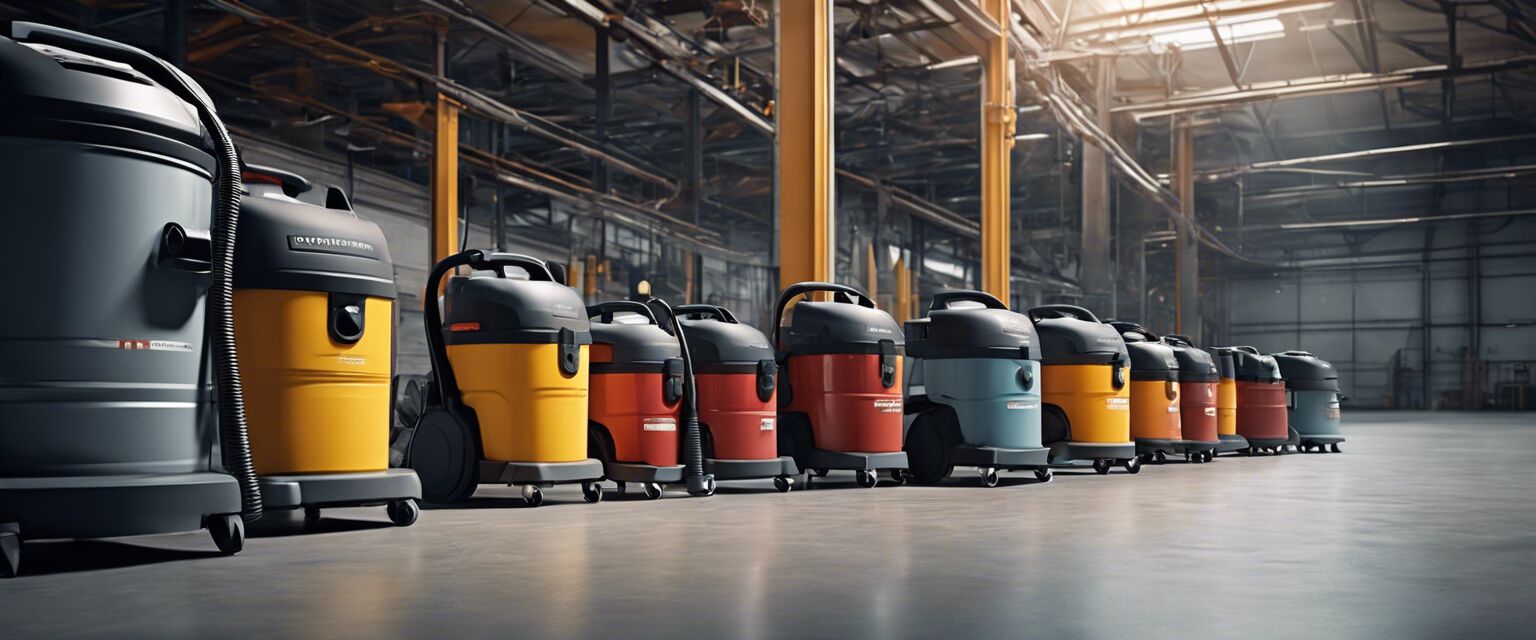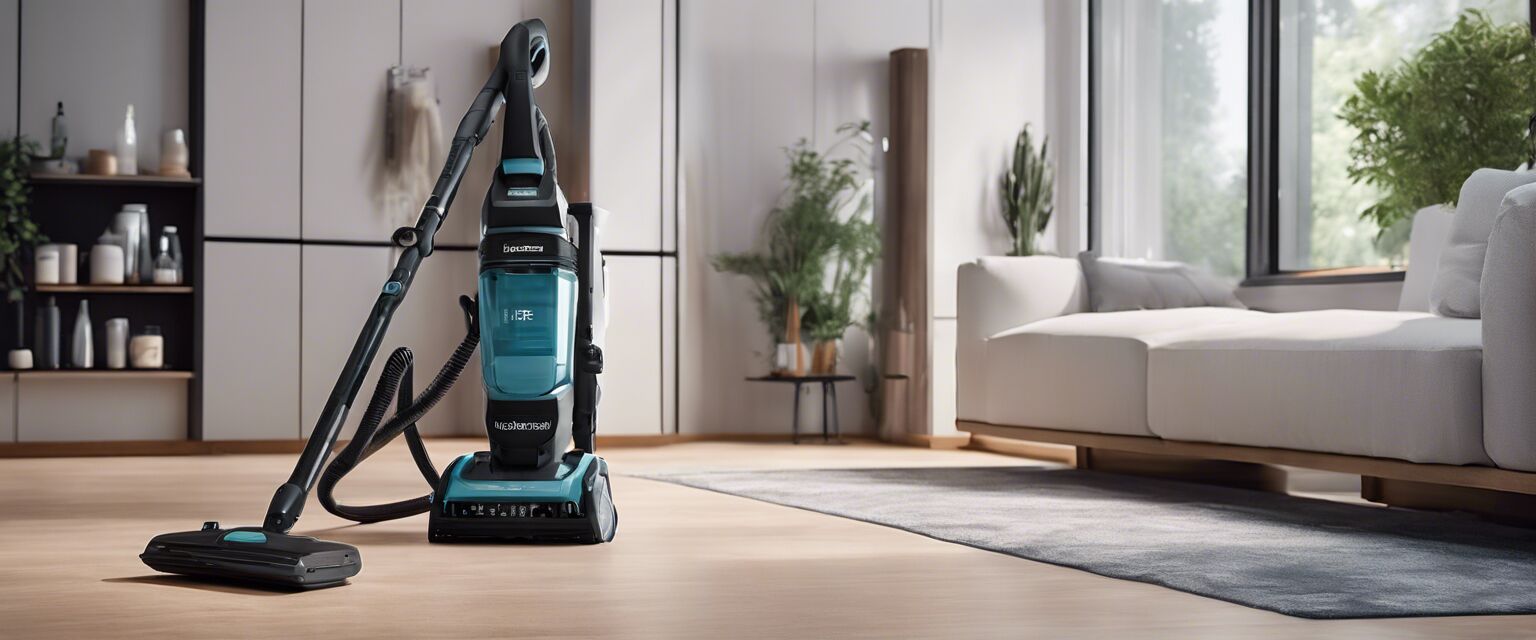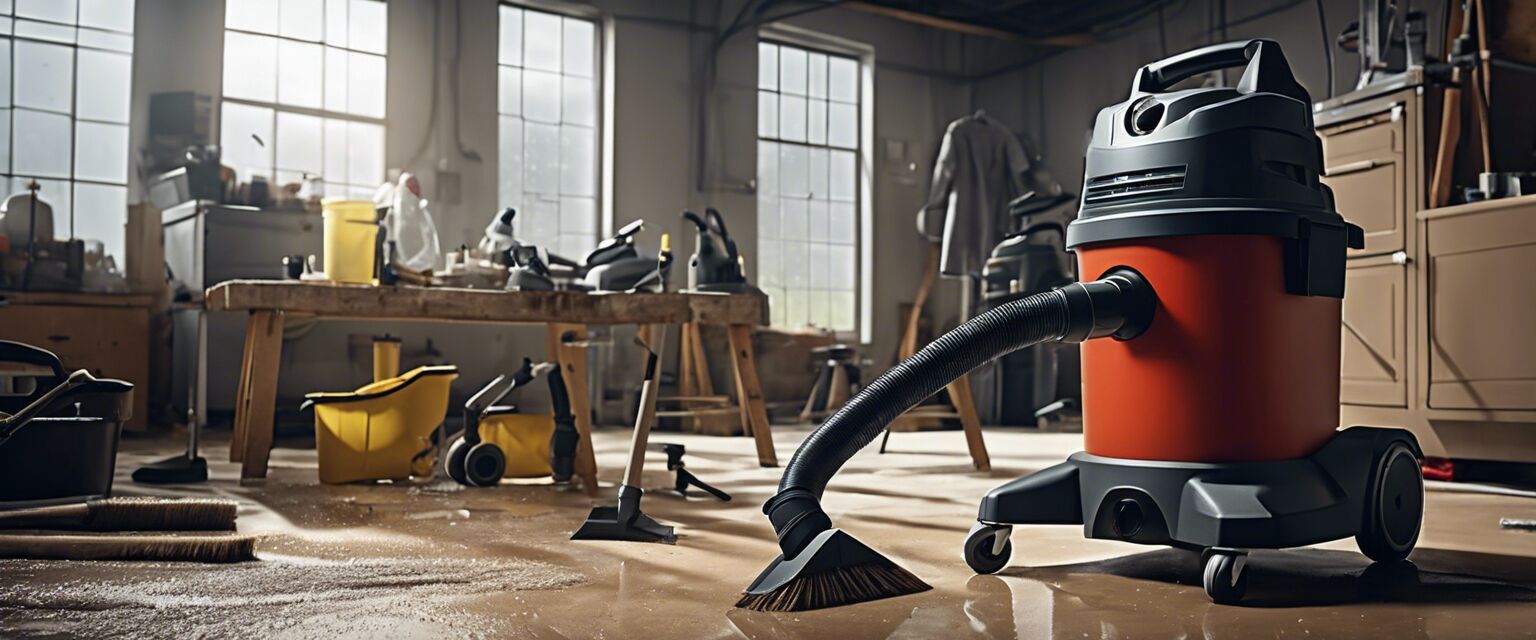
This article was generated using AI and is based on real customer reviews from the Amazon platform. It contains affiliate links, meaning we may earn a commission—at no extra cost to you. As Amazon Associates, we earn from qualifying purchases.
Wet-Dry Vacuums
Wet-dry vacuums are powerful machines designed to tackle both wet and dry messes, making them an invaluable tool for heavy-duty cleaning. They are perfect for workshops, garages, and even construction sites due to their versatility and efficiency. In this comprehensive guide, we will analyze and compare various wet-dry vacuums, their applications, and how to choose the right one for your needs.
Key Takeaways
- Wet-dry vacuums can handle both liquid and solid waste for versatile cleaning.
- The tank size, suction power, and filter type are critical factors when choosing a wet-dry vacuum.
- They are suitable for commercial, industrial, and household applications.
- Understanding your cleaning requirements helps in selecting the right model.
What is a wet-dry vacuum?
A wet-dry vacuum is a type of vacuum cleaner designed specifically to clean up both liquids and dry materials such as dust, dirt, debris, and more. This feature makes them ideal for cleaning workshops and industrial environments where spills and heavy debris are common.
How does a wet-dry vacuum work?
Wet-dry vacuums work by using a powerful motor to create suction. Liquid and solid debris are drawn into a container, separating them effectively. Most models also include a filtration system that captures dust and allergens. Some advanced models even have specific filters suited for wet and dry applications.
Applications of Wet-Dry Vacuums
These versatile machines have a variety of applications, including:
- Household cleaning (spills, debris, etc.)
- Construction site cleanup
- Workshop maintenance
- Auto detailing
- Flood and water damage recovery
Comparison of Wet-Dry Vacuums
| Model | Tank Size | Suction Power (Air Watts) | Weight | Filter Type |
|---|---|---|---|---|
| Model A | 10 Gallons | 120 | 25 lbs | HEPA |
| Model B | 14 Gallons | 150 | 30 lbs | Standard Foam |
| Model C | 8 Gallons | 100 | 20 lbs | Washable |
| Model D | 16 Gallons | 180 | 35 lbs | HEPA |
How to choose the right wet-dry vacuum
Selecting the right wet-dry vacuum can be daunting. Here are some tips to consider:
- Identify your cleaning needs: Determine if you require a model for light household cleaning or heavy-duty industrial tasks.
- Consider tank size: Larger tanks are beneficial for extensive cleanups, whereas smaller tanks are easier to maneuver.
- Check suction power: Higher suction power means better performance, particularly for challenging messes.
- Look at filter options: Choose a model with filters that suit your cleaning needs, especially if cleaning fine dust or large debris.
Advantages of using Wet-Dry Vacuums
Wet-dry vacuums have several advantages over traditional vacuums:
- Versatility in cleaning a variety of materials.
- High suction power for efficient cleanup.
- Durability designed for heavy-duty tasks.
- Ability to handle water spills effectively.
Pros
- Powerful suction for heavy-duty cleaning.
- Can handle liquids and solids seamlessly.
- Durable construction for industrial use.
- Variety in features and tank sizes available.
Cons
- Generally heavier than regular vacuums.
- Can be noisy during operation.
- Maintenance can be required for filters.
Maintenance tips for Wet-Dry Vacuums
Regular maintenance will extend the life of your wet-dry vacuum. Here are some tips:
- Empty the tank after each use to prevent buildup of liquids.
- Clean filters regularly to maintain suction power.
- Inspect hoses and attachments for blockages.
- Store machines in a dry place to prevent rust and damage.
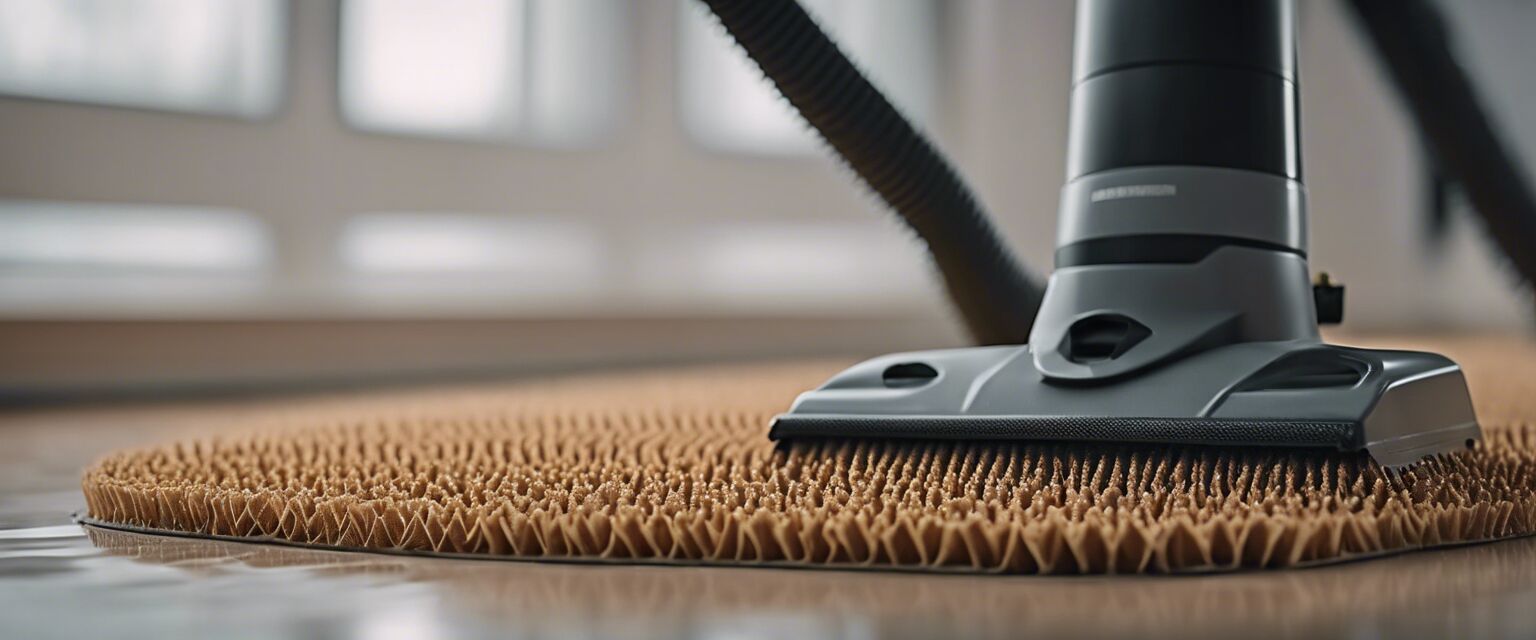
Common Questions About Wet-Dry Vacuums
Can I use a wet-dry vacuum for fine dust?
Yes, many wet-dry vacuums are specifically designed with filters that can capture fine dust. It is advisable to use a filter suited for fine dust to enhance performance and protect the motor.
How do I store my wet-dry vacuum properly?
Ensure that the vacuum is clean and dry before storing it. Keeping it in a dry and cool environment protects it from rust and damage.
Conclusion
Wet-dry vacuums are invaluable tools designed for heavy-duty cleaning applications. They offer versatility and power required in commercial, industrial, and household settings. By understanding your needs and choosing the right model, you can simplify your cleanup tasks significantly.
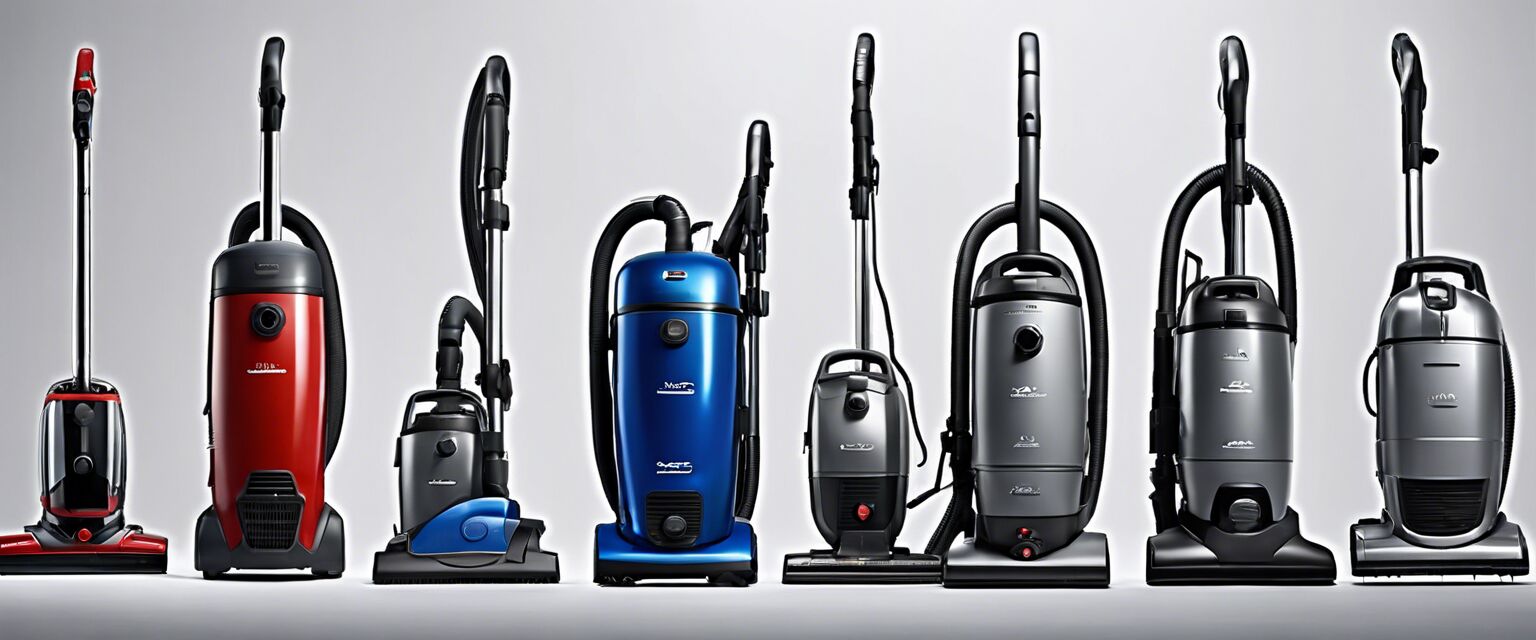
Further Reading
For more information on different cleaning equipment, check out these sections:
- Carpet extractors - Ideal for deep cleaning carpets.
- Floor scrubbers - Perfect for hard surfaces.
- Industrial vacuums - Heavy-duty machines for large cleanups.
- Power washers - Great for exterior cleaning.
- Steam cleaners - Effective for sanitizing surfaces.
